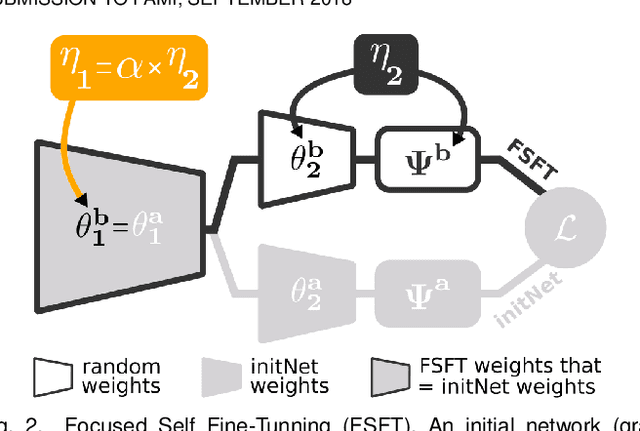Learning More Universal Representations for Transfer-Learning
Paper and Code
Sep 03, 2018



A representation is supposed universal if it encodes any element of the visual world (e.g., objects, scenes) in any configuration (e.g., scale, context). While not expecting pure universal representations, the goal in the literature is to improve the universality level, starting from a representation with a certain level. To do so, the state-of-the-art consists in learning CNN-based representations on a diversified training problem (e.g., ImageNet modified by adding annotated data). While it effectively increases universality, such approach still requires a large amount of efforts to satisfy the needs in annotated data. In this work, we propose two methods to improve universality, but pay special attention to limit the need of annotated data. We also propose a unified framework of the methods based on the diversifying of the training problem. Finally, to better match Atkinson's cognitive study about universal human representations, we proposed to rely on the transfer-learning scheme as well as a new metric to evaluate universality. This latter, aims us to demonstrates the interest of our methods on 10 target-problems, relating to the classification task and a variety of visual domains.
 Add to Chrome
Add to Chrome Add to Firefox
Add to Firefox Add to Edge
Add to Edge